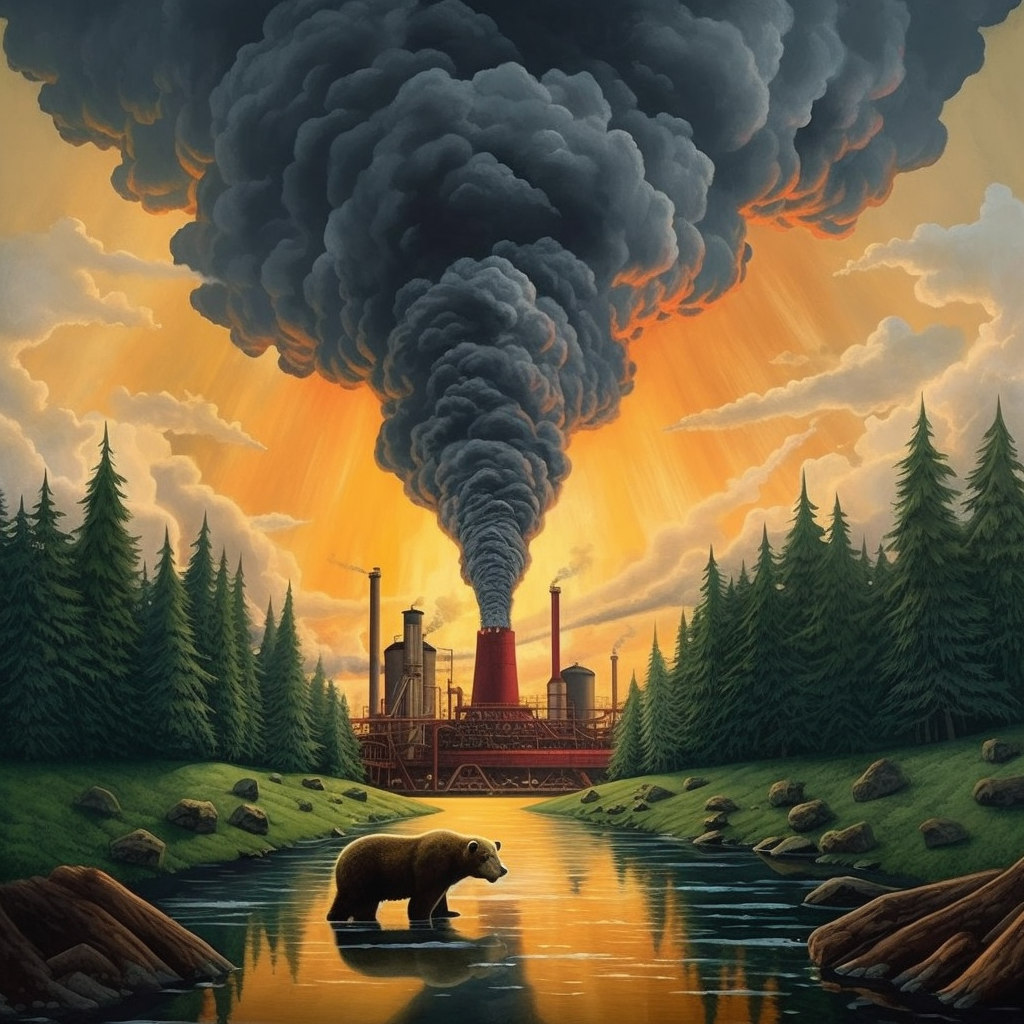Burning fossil fuel, such as coal, oil, petrol, diesel, gas or natural gas, creates greenhouse gases (GHGs), mainly carbon dioxide but also methane and nitrous oxide. When these greenhouse gases gather in the atmosphere, they block solar energy – heat – from escaping back into space. So the atmosphere gets hotter, more energetic, carries more water, and becomes more capable of intense weather events, from Biblical rain to enormous hurricanes. Critically, water vapour itself is a greenhouse gas. The effect of these gases trapping heat in the atmosphere is the greenhouse effect. Just like a greenhouse in a garden.
We must get to net-zero GHG emissions by 2050. If not, we risk a negative feedback loop, where the climate itself drives the most lasting damage. The Paris Agreement set out to pull us back from the brink, by limiting the temperature increase to 1.5 – 2 degrees centigrade above pre-industrial levels. The UN says we’re on track for the global temperature to increase by 3 – 5 degrees C by 2100.
Understanding the link: How CO2 causes global warming
Carbon dioxide (CO2) is a greenhouse gas that plays a significant role in shaping Earth’s climate. Understanding the mechanisms through which CO2 contributes to global warming is crucial in addressing the urgent challenges posed by climate change. We explore the relationship between CO2 and global warming, shedding light on the science behind this critical issue.
- The Greenhouse Effect: The Earth’s atmosphere acts like a blanket, trapping heat from the Sun and maintaining a relatively stable climate. This phenomenon, known as the greenhouse effect, is essential for supporting life on our planet. However, the increased concentration of greenhouse gases, particularly CO2, has disrupted this delicate balance.
- CO2 as a Greenhouse Gas: CO2 is a primary greenhouse gas responsible for trapping heat in the atmosphere. It acts as a thermal blanket, allowing sunlight to enter but preventing a significant portion of the outgoing heat from escaping back into space. This leads to a gradual warming of the planet, known as global warming.
- Rising CO2 Levels: Human activities, primarily the burning of fossil fuels such as coal, oil, and natural gas, have significantly increased the concentration of CO2 in the atmosphere. These activities release carbon that has been sequestered for millions of years, rapidly adding to the atmospheric CO2 levels. As a result, the concentration of CO2 has reached unprecedented levels, contributing to the intensification of global warming.
- Enhanced Greenhouse Effect: The increased CO2 concentration enhances the greenhouse effect, resulting in more heat being trapped in the atmosphere. This leads to a cascade of effects, including rising temperatures, melting polar ice caps, and more frequent extreme weather events such as heatwaves, hurricanes, and droughts. The repercussions of global warming are felt across the globe, affecting ecosystems, agriculture, and human wellbeing.
- Positive Feedback Loops: CO2-induced global warming triggers several positive feedback loops that amplify its effects. For instance, as temperatures rise, the melting of ice and permafrost releases additional CO2 and methane, another potent greenhouse gas, further exacerbating global warming. These feedback loops create a self-reinforcing cycle, making it challenging to mitigate the impacts of climate change.
- Longevity of CO2: CO2 has a long atmospheric lifetime, with some molecules persisting for hundreds of years. This means that the CO2 emitted today will continue to contribute to global warming for future generations. It underscores the importance of taking immediate action to reduce CO2 emissions and transition to a low-carbon economy.
- Solutions to Mitigate CO2 Impact: Addressing the challenge of global warming requires a concerted effort to reduce CO2 emissions. This can be achieved through transitioning to renewable energy sources, improving energy efficiency, adopting sustainable land-use practices, and promoting reforestation. Additionally, developing technologies for capturing and storing CO2, known as carbon capture and storage (CCS), can help mitigate the impact of existing emissions.
CO2 plays a central role in global warming by acting as a potent greenhouse gas. The rising CO2 levels resulting from human activities have intensified the greenhouse effect, leading to a range of detrimental impacts on our planet. Understanding the link between CO2 and global warming is vital for implementing effective mitigation strategies, transitioning to a sustainable future, and ensuring the well-being of both present and future generations.
Learn more
Wikipedia on climate change: https://en.wikipedia.org/wiki/Climate_change
Wikipedia on Paris Agreement: https://en.wikipedia.org/wiki/Paris_Agreement
Reuters: Global temperatures on track for 3-5 degree rise by 2100: U.N.: https://www.reuters.com/article/us-climate-change-un-idUSKCN1NY186
Latest posts
- We’re in the XPRIZE Top 100 in the World
- Earth Day 2024: Planet vs. Plastics
- Tao Climate Urges UN Commission on Narcotic Drugs to Exclude Industrial Hemp from Narcotics Conventions
- Our Double Impact Pledge for 2030: Sequester 1 Gigatonne of Carbon in Hemp Housing for 300 Million People
- Hemp Finalist Entry in Elon Musk’s XPRIZE

